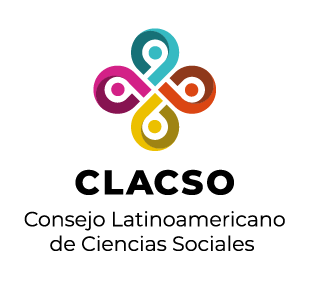Red de Bibliotecas Virtuales de Ciencias Sociales en
América Latina y el Caribe

Por favor, use este identificador para citar o enlazar este ítem:
https://biblioteca-repositorio.clacso.edu.ar/handle/CLACSO/81045| Título : | Cross-border planning and mobility in the Matamoros-Brownsville (RMB) region: from spaces of flow to spaces of place? Planeación transfronteriza y movilidad en la región Matamoros-Brownsville (RMB): ¿de los espacios de flujo a los espacios de lugar? |
| Palabras clave : | Border mobility;planning;binational infrastructure;spaces of flows;spaces of place;Movilidad fronteriza;planeación;infraestructura binacional;espacios de flujos;espacios de lugar |
| Editorial : | Instituto de Estudios Internacionales |
| Descripción : | The objective of this article is to analyze the issue of cross-border planning initiatives focused on mobility in the Matamoros-Brownsville (RMB) region, as a case of success, and through this to reflect on the urban-transboundary planning processes that have been implemented. The document tests the hypothesis that transboundary mobility in the RMB not only focuses on the spaces of flow that facilitate the crossings of goods and people, but also on the spaces of place that generate a collective identity and roots to such places. The two case studies addressed are the relocation of the railway tracks and the creation of the Binational Cultural Center (CeCuBi). The planning process for the Railway Project began in 2001 and operations were initiated in August 2015, while the second phase of the project, the CeCuBi, began its construction phase in August 2021. El objetivo de este artículo es analizar la planeación transfronteriza enfocada en la movilidad en la región Matamoros-Brownsville (RMB), como un caso de éxito, y a través de este reflexionar sobre los procesos de planeación urbano-transfronteriza que se implementaron. El documento pone a prueba la hipótesis de que la movilidad transfronteriza en la RMB no solamente se enfoca en los espacios de flujo que facilitan los cruces de mercancías y personas, sino también en los espacios de lugar que generan una identidad colectiva y arraigo al lugar. Los dos estudios de caso que se abordan son la relocalización de las vías del ferrocarril y la creación del Centro Cultural Binacional (CeCuBi). El proceso de planeación para el Proyecto Ferroviario se inició en 2001 y entró en operaciones en agosto de 2015, mientras que la segunda fase del proyecto, el CeCuBi, comenzó su etapa de construcción en agosto de 2021. |
| URI : | http://biblioteca-repositorio.clacso.edu.ar/handle/CLACSO/81045 |
| Otros identificadores : | https://www.sisomosamericanos.cl/index.php/sisomosamericanos/article/view/1036 |
| Aparece en las colecciones: | Instituto de Estudios Internacionales - INTE/UNAP - Cosecha |
Ficheros en este ítem:
No hay ficheros asociados a este ítem.
Los ítems de DSpace están protegidos por copyright, con todos los derechos reservados, a menos que se indique lo contrario.